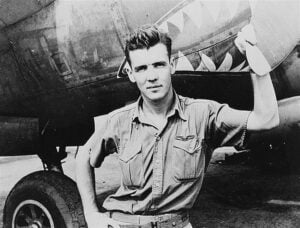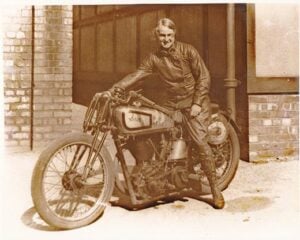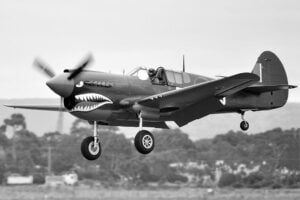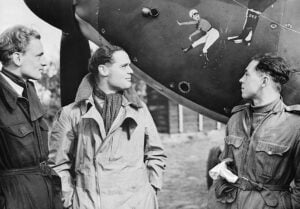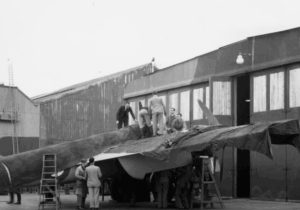How This WWII B-17 Bomber Pilot Survives 35 Missions

From The Pilot's Seat / YouTube
A Young Commander Takes to the Skies
During World War II, the B-17 Flying Fortress was the backbone of the U.S. bombing campaign, famous for being tough and reliable. Many young men piloted these bombers, but few could match Colonel Charles Cook’s incredible story. Imagine being just 21 years old and already responsible for leading a crew through some of the most dangerous missions over Europe.
Cook, from Lincoln, Nebraska, flew an astounding 35 bombing missions. His journey started at Bury St. Edmunds in England, where he commanded his flight group at such a young age.

The Harsh Conditions of War
Cook’s first mission was a terrifying experience. They were lucky to return when a piece of flak ripped through their plane’s tail. The tail gunner, who narrowly escaped death, fainted when he saw part of the plane blown away. Understandably shaken, it took a good dose of Scotch whiskey to calm him down so he could fly again.
Flying a B-17 wasn’t just dangerous; it was incredibly harsh physically and mentally. An incident that stands out is when Cook’s windscreen was shattered by enemy fire. At high altitudes, temperatures could plummet to -56°F, and despite their heated flight suits, the cold was brutal. Yet, Cook and his crew pushed through and completed their mission.

Psychological Strain and the Reality of Combat
After enduring these adrenaline-pumping flights, the crews were debriefed. They had the option to take a shot of Scotch whiskey to help steady their nerves. If anyone declined the drink, they had to sign a statement to that effect. Most found some relief in the alcohol, even if just momentarily.
War isn’t easy on the mind, and not everyone could cope with the relentless pressure. Once, Cook observed a pilot, completely drained and stressed, pull a gun on an officer who was needlessly berating him for an emergency landing due to low fuel. The tension was palpable, and the officer quickly backed down, recognizing the pilot’s fragility.
Cook’s plane, “Lady Luck,” lived up to its name time and again amidst deadly skies. He vividly remembered a massive air battle over Hamburg where the Allies lost 156 bombers in a single day. Tragically, right in front of Cook, he witnessed the death of his commanding officer, Brigadier General Fred Castle.

Life After War and the Love of Flight
After his 35 missions, Cook returned home and built a fulfilling life. He married, earned a Ph.D. in physics and mathematics, and kept his passion for flying alive. Whenever stress got to him, flying was his solace. It wasn’t just a skill for Cook—it was something that defined him and brought him peace.
Despite the horrors of war, Cook’s love for aviation never dimmed. To him, being in the air was an escape, a challenge, and a source of immense joy.














